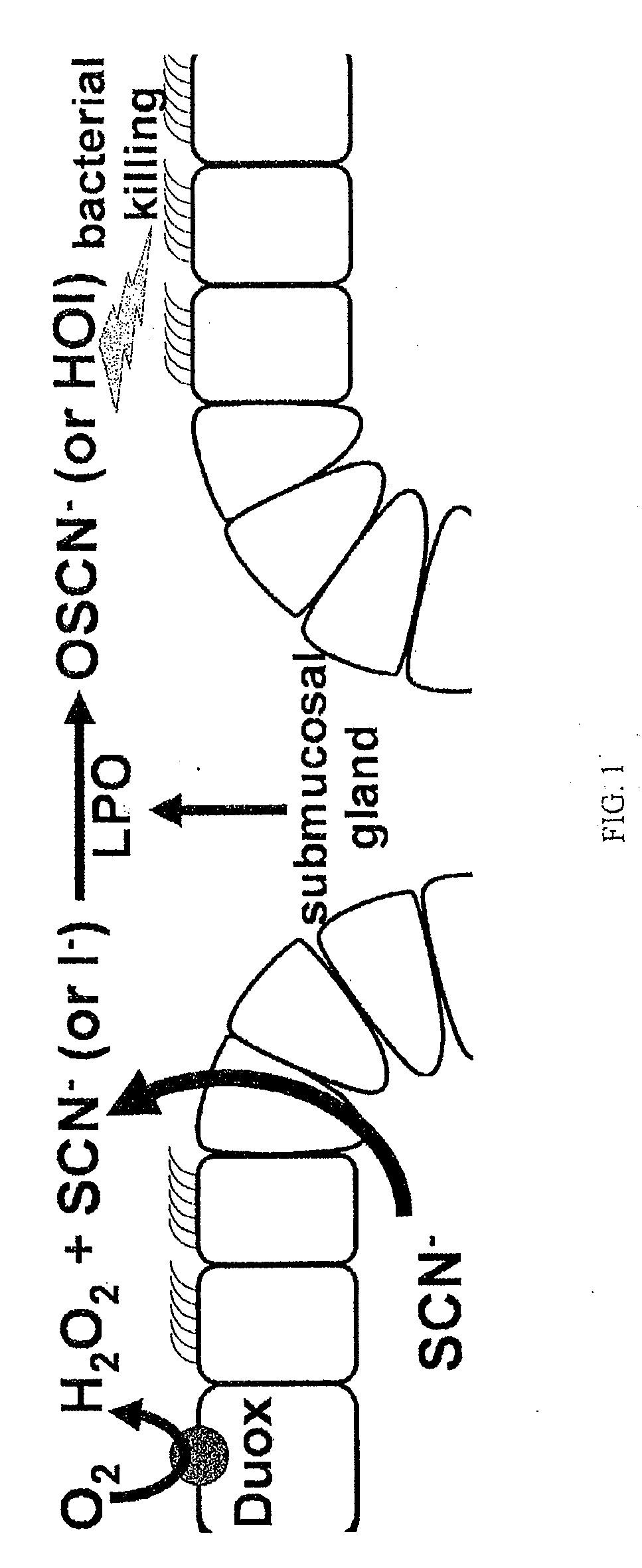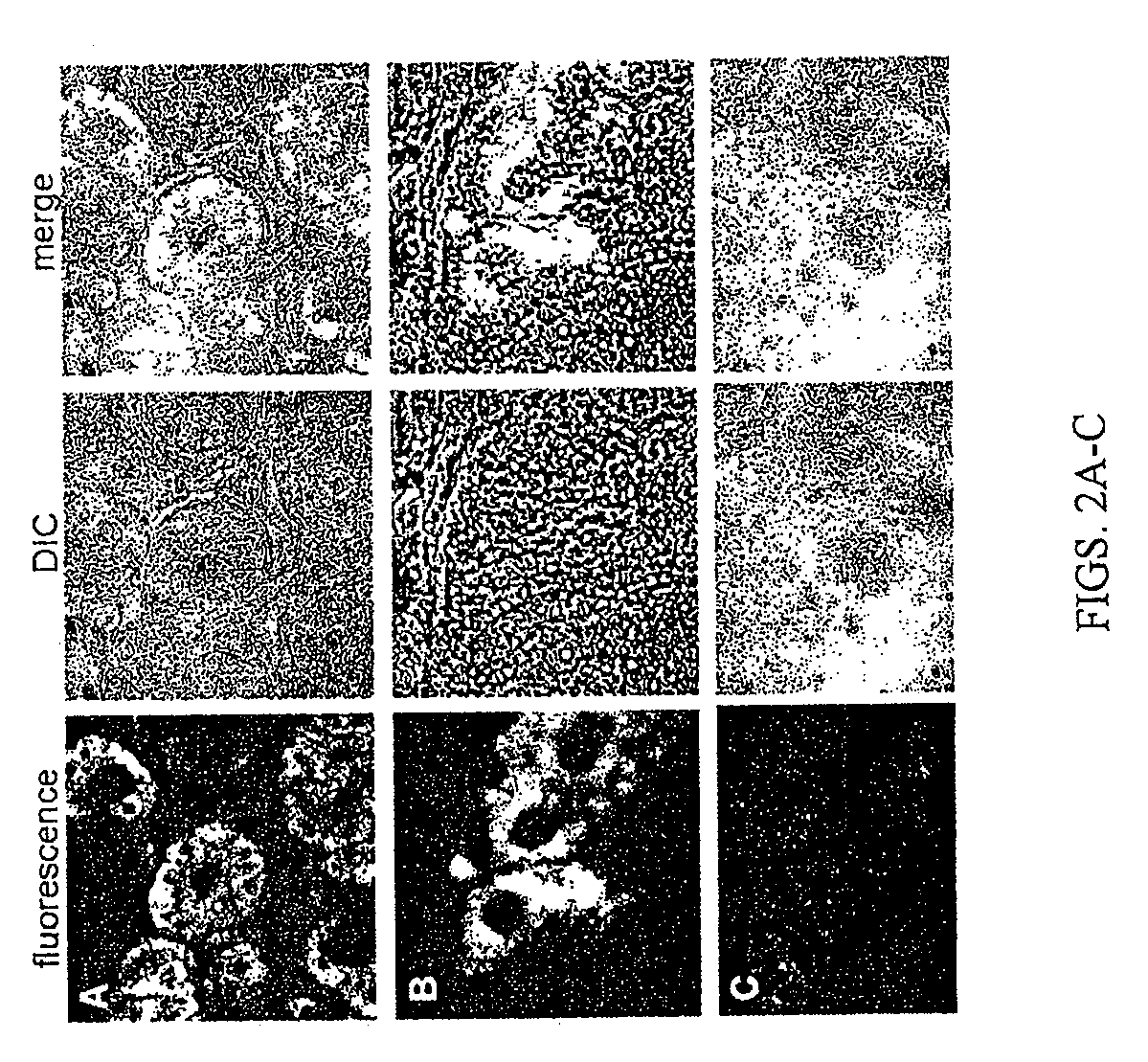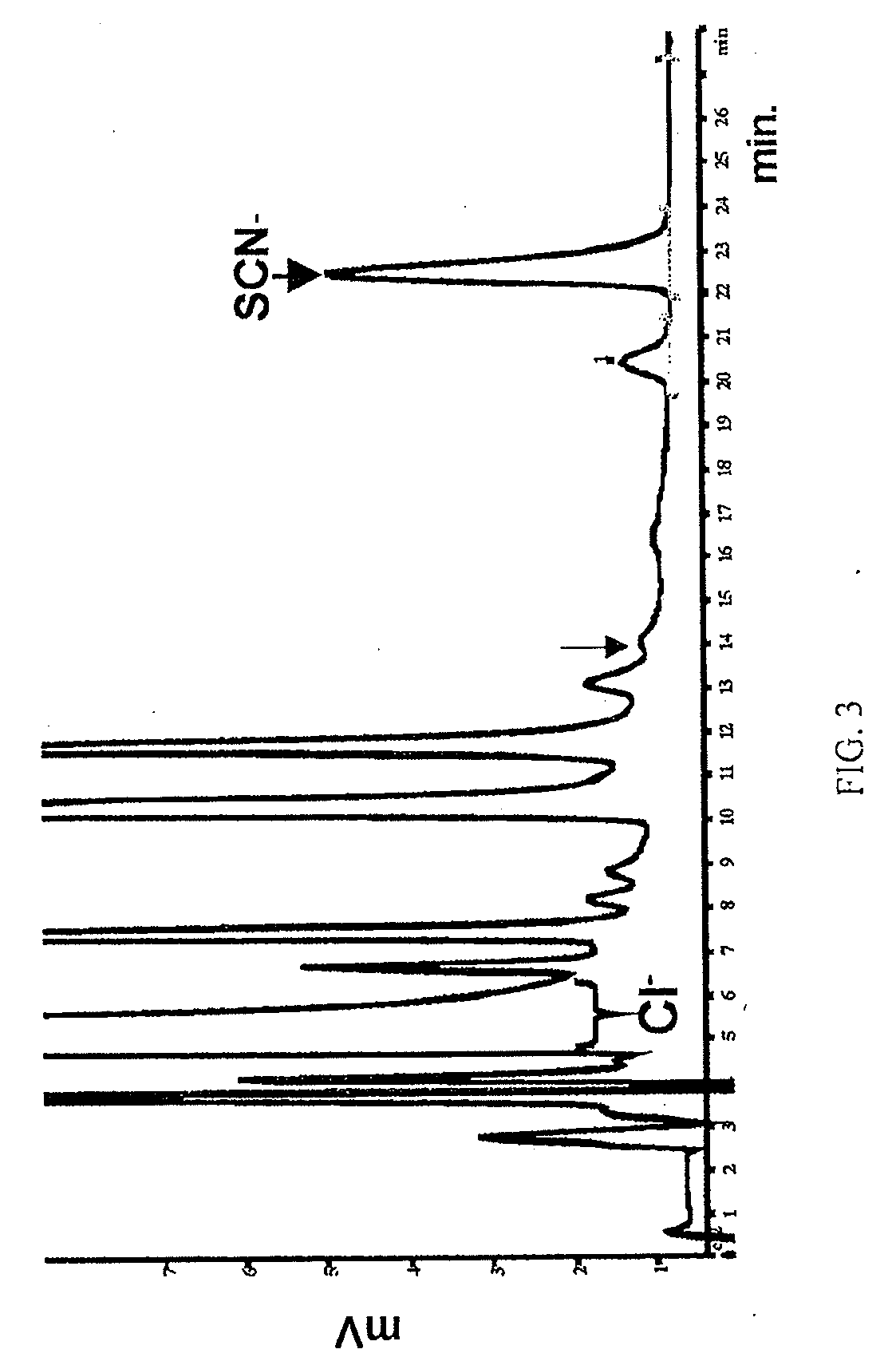Halides in the treatment of pathogenic infection
a pathogenic infection and halide technology, applied in the field of molecular biology and microbiology, can solve the problems of large mortality, large proportion of the world's population, and contribute to health care costs, so as to reduce the viral load, reduce the duration or severity of symptoms, and limit the effect of viral replication
- Summary
- Abstract
- Description
- Claims
- Application Information
AI Technical Summary
Benefits of technology
Problems solved by technology
Method used
Image
Examples
example 1
Background
[0135]Background. An oxidative host defense system at mucosal surfaces. Recent evidence suggests that airway sterility is preserved not only by mucociliary clearance and antimicrobial polypeptides, but also by an oxidative host defense mechanism. The inventors and others have shown that the oxidative mechanism kills bacteria by producing bactericidal OSCN− in a LPO catalyzed reaction: H2O2+SCN−→OSCN−. OSCN− production requires three processes working in concert: 1) LPO secretion by submucosal glands, 2) H2O2 generation by the Duox enzymes of airway epithelia, and 3) SCN− secretion (FIG. 1).
[0136]Currently, the mechanism by which OSCN− eliminates bacteria is not known, but OSCN− can oxidize thiol groups in surface proteins thereby mediating conformational change. Importantly, OSCN− is not toxic to eukaryotic cells. LPO has high affinity not only for SCN− but also for I−, and LPO can catalyze the oxidation of I− to HOI in the presence of H2O2 (FIG. 1). Although I− is not a p...
example 2
Results
[0137]Supporting evidence for therapeutic or prophylactic application of the respiratory Duox / LPO system. Mechanisms of SCN− and I− delivery to the mucosal airway surface following their oral or parenteral administration. Published data from the inventors' and other laboratories showed that primary airway epithelia secrete SCN− (Moskwa, 2007) as well as iodide (Fragoso, 2004) if these anions are present at the basolateral side in concentrations higher than 1 μM (I−) or 5 μM (SCN−). The Cystic Fibrosis Transmembrane Conductance Regulator (CFTR) anion channel and Sodium-Iodide Symporter (NIS) are the main cellular anion transport pathways required for SCN− and I− secretion in vitro (Moskwa, 2007; Conner, 2007; Pedemonte, 2007}. Whereas the in vivo expression of CFTR has been extensively characterized, there has been little evidence hitherto for the in vivo airway expression of NIS.
[0138]Therefore, the inventors analyzed NIS expression both in nasal brushings (using RT-PCR) and ...
PUM
 Login to View More
Login to View More Abstract
Description
Claims
Application Information
 Login to View More
Login to View More - R&D
- Intellectual Property
- Life Sciences
- Materials
- Tech Scout
- Unparalleled Data Quality
- Higher Quality Content
- 60% Fewer Hallucinations
Browse by: Latest US Patents, China's latest patents, Technical Efficacy Thesaurus, Application Domain, Technology Topic, Popular Technical Reports.
© 2025 PatSnap. All rights reserved.Legal|Privacy policy|Modern Slavery Act Transparency Statement|Sitemap|About US| Contact US: help@patsnap.com



